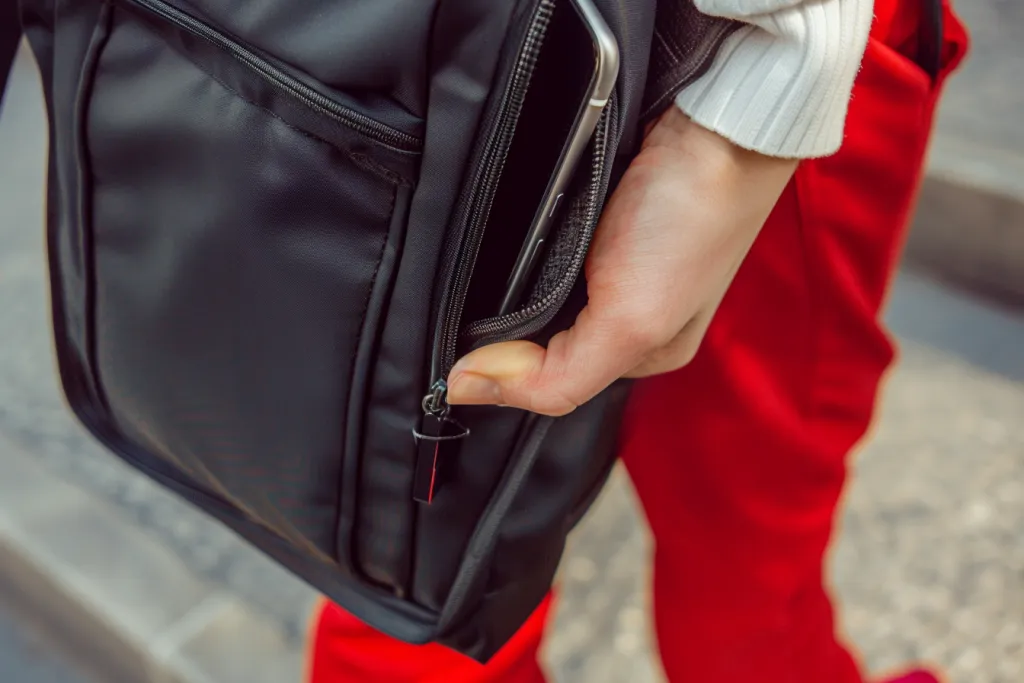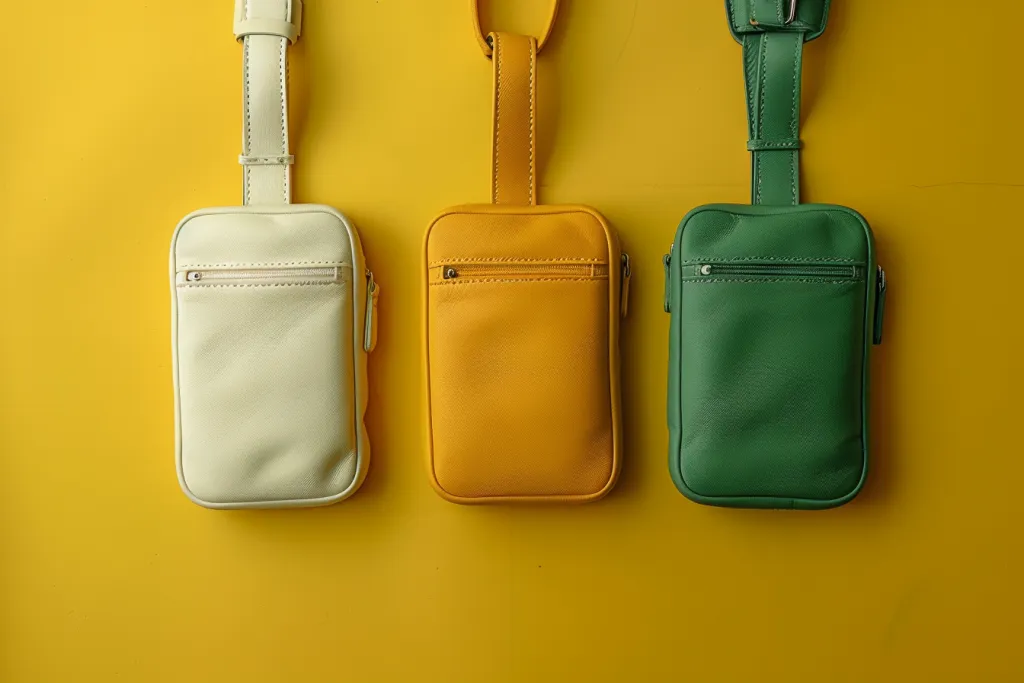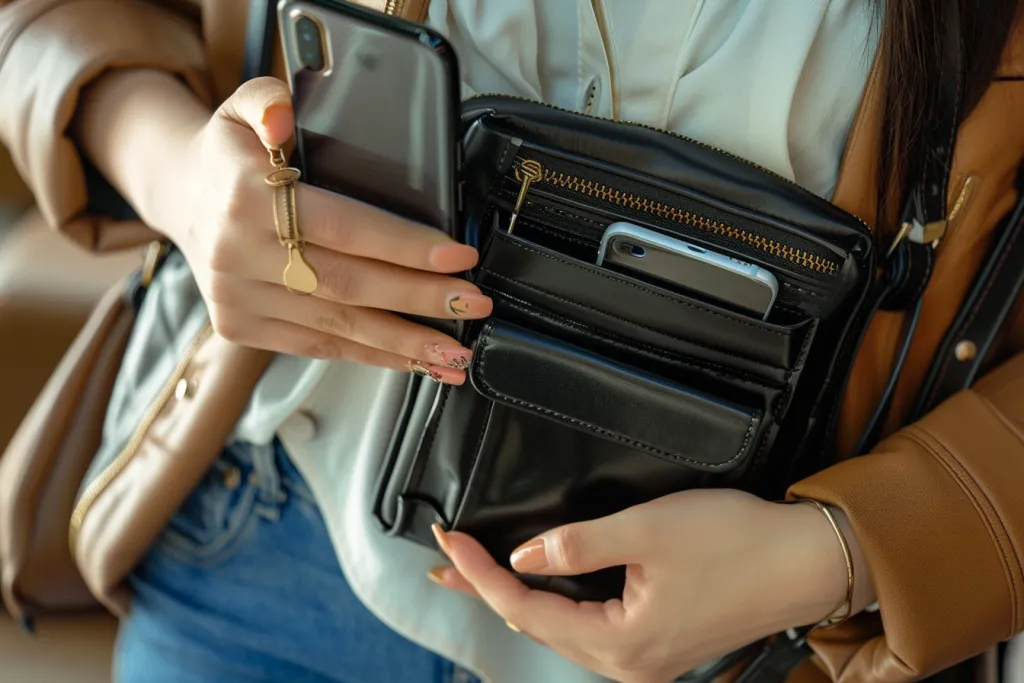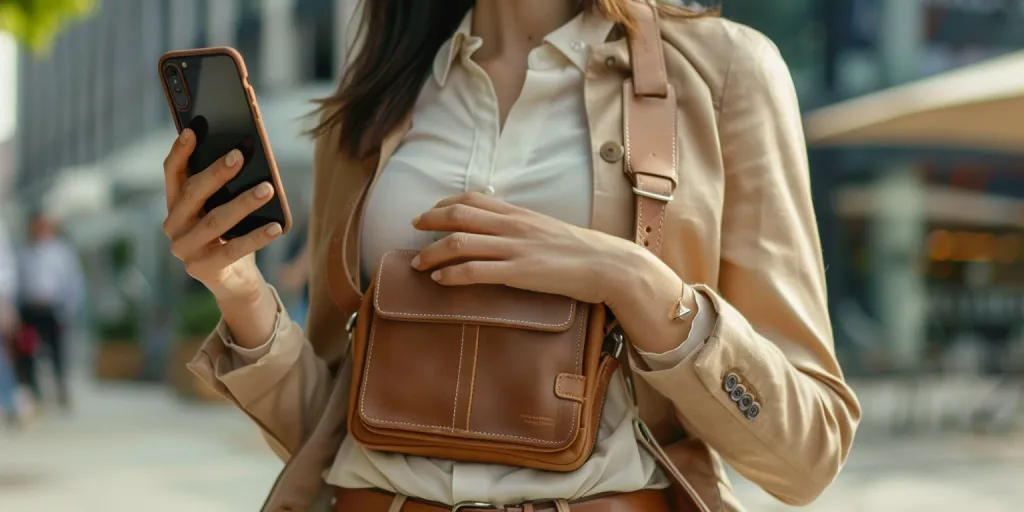In an era dominated by sleek smartphones, the bag phone stands as a testament to the rugged, pioneering days of mobile communication. This article explores the intriguing world of bag phones, shedding light on their operation, advantages, disadvantages, and practical advice for selecting and utilizing these devices.
Table of Contents:
– What is a bag phone?
– How does a bag phone work?
– Benefits and drawbacks of a bag phone
– How to choose a bag phone
– How to use a bag phone
What is a bag phone?

A bag phone is a type of mobile phone that, unlike its compact counterparts, comes housed in a bag or case with all its necessary components. These devices emerged in the 1980s and early 1990s, serving as a bridge between car phones and the handheld cellular phones that would eventually overshadow them. Characterized by their bulky size, bag phones were designed for portability without sacrificing power, incorporating a larger battery and more powerful transmitter, which allowed for better signal reception and longer communication times.
Bag phones typically consisted of a handset connected by a cord to the main unit, which housed the transceiver, battery, and sometimes an external antenna. The entire setup was contained in a bag or case with a handle for easy carrying, making them somewhat portable despite their size. This design catered to users who needed reliable mobile communication but did not have access to the smaller, more advanced technologies that would later become available.
The appeal of bag phones has seen a resurgence among enthusiasts of vintage electronics and those with specific communication needs. Their robust build, enhanced signal strength, and straightforward operation offer a nostalgic yet functional alternative to modern smartphones, especially in areas with poor cellular reception or for use in emergency situations where reliability is paramount.
How does a bag phone work?

The operation of a bag phone revolves around its enhanced components designed for superior performance. At its core, a bag phone functions similarly to other mobile phones of its time, using analog signals to facilitate voice communication. The difference lies in its more powerful transmitter and larger antenna, which work together to improve signal reception and extend the operational range beyond that of standard handheld devices.
When a user dials a number on the bag phone’s handset, the signal is transmitted from the handset to the phone’s main unit, where the transceiver processes the signal and sends it out through the external antenna. This process is bolstered by the phone’s larger battery, which provides the necessary power to boost signal strength and maintain longer conversations. The external antenna, often extendable, can be adjusted to optimize reception, further enhancing the phone’s ability to communicate in areas with weak signals.
The technology behind bag phones, while considered outdated by today’s standards, demonstrates an early understanding of mobile communication challenges, such as battery life and signal strength. These devices employed analog cellular networks, which, despite their limitations in terms of data transmission and security, offered a level of reliability and coverage that was invaluable at the time.
Benefits and drawbacks of a bag phone

The primary advantage of bag phones lies in their robust design and superior signal strength. Their larger batteries and more powerful transmitters allow for extended use and better reception in rural or remote areas, where modern devices might struggle to find a signal. This makes bag phones an excellent choice for outdoor adventurers, emergency responders, and anyone requiring a reliable form of communication in areas with limited cellular coverage.
However, the benefits of bag phones come with significant drawbacks. Their size and weight make them far less portable than modern smartphones, limiting their practicality for everyday use. Additionally, because they operate on analog networks, which are largely phased out, finding service for these devices can be challenging. The technology also lacks the features and conveniences of contemporary mobile phones, such as internet access, apps, and digital cameras, making them a niche choice for specific needs rather than a viable alternative for the general public.
How to choose a bag phone

Selecting a bag phone involves considering several key factors. First, assess the device’s compatibility with current cellular networks. While many analog networks are no longer in operation, some bag phones have been modified to work on modern digital networks, though this is not always the case. It’s also important to evaluate the condition of the device, especially if purchasing a vintage model, to ensure it is fully functional and the battery is in good condition or replaceable.
Consider the phone’s features, such as battery life, signal strength, and any additional functionalities like a built-in flashlight or emergency services access. These features can significantly impact the phone’s utility, especially in emergency situations or for use in remote locations. Finally, think about the size and weight of the phone and whether it meets your portability needs, keeping in mind that the primary appeal of a bag phone is its enhanced communication capabilities, not its convenience.
How to use a bag phone

Using a bag phone is relatively straightforward, though it may require some adjustments for those accustomed to touchscreen smartphones. To begin, ensure the device is charged and, if necessary, that the external antenna is extended and positioned for optimal reception. Power on the device, usually by a switch or button on the main unit, and wait for it to connect to the network.
To make a call, simply lift the handset and dial the desired number, pressing the “send” or “call” button to initiate the connection. Receiving calls works similarly to other phones, with an incoming call ring or alert prompting you to answer by lifting the handset. Some models may offer additional features, such as speed dial or call waiting, which can be accessed according to the manufacturer’s instructions.
Conclusion: Bag phones, with their distinctive design and robust functionality, offer a unique glimpse into the early days of mobile communication. While they may not replace modern smartphones for most users, their advantages in terms of signal strength and reliability make them a valuable tool in specific situations. By understanding how these devices work, their benefits and limitations, and how to choose and use one effectively, individuals can appreciate the enduring legacy of bag phones in the evolution of mobile technology.




